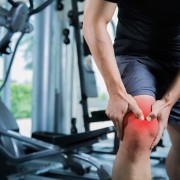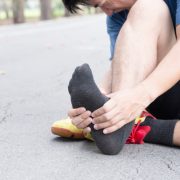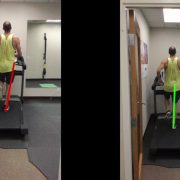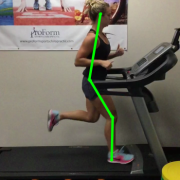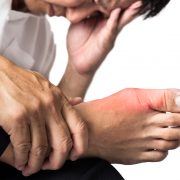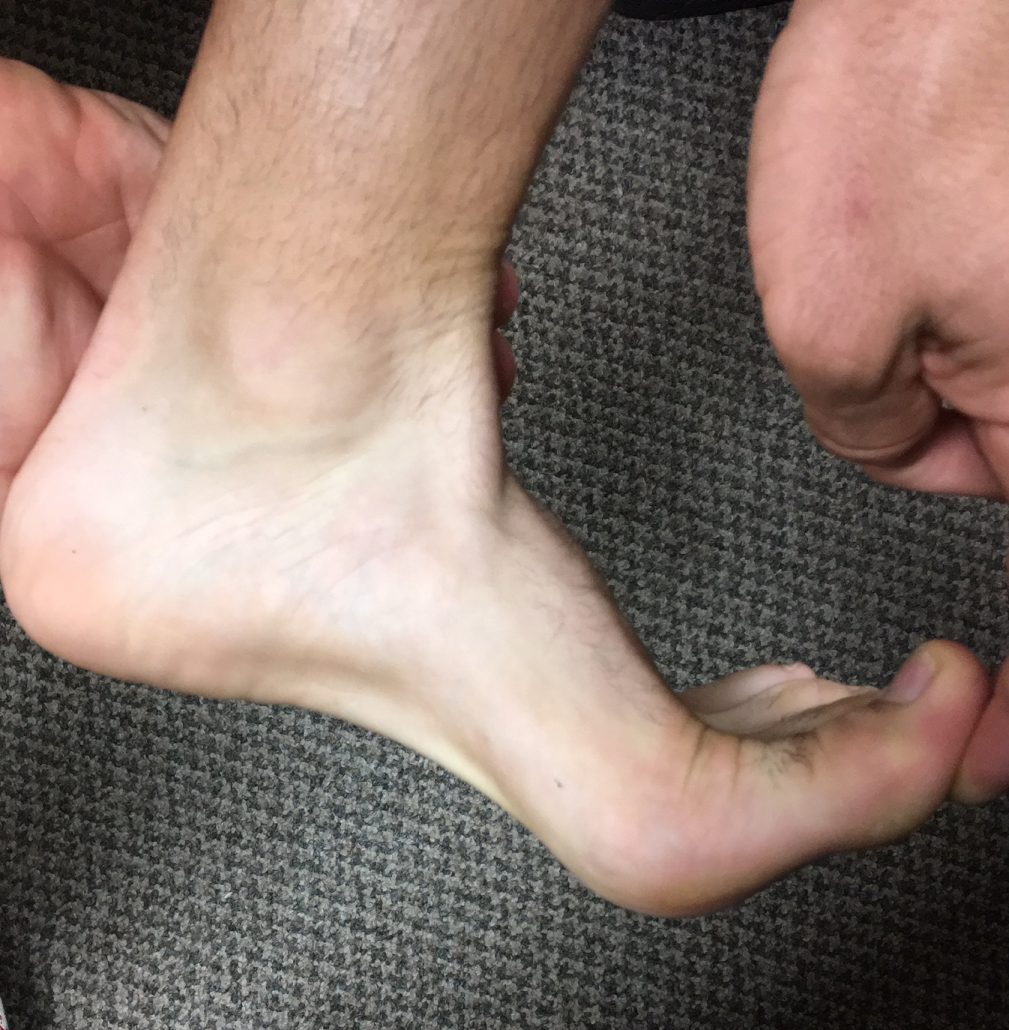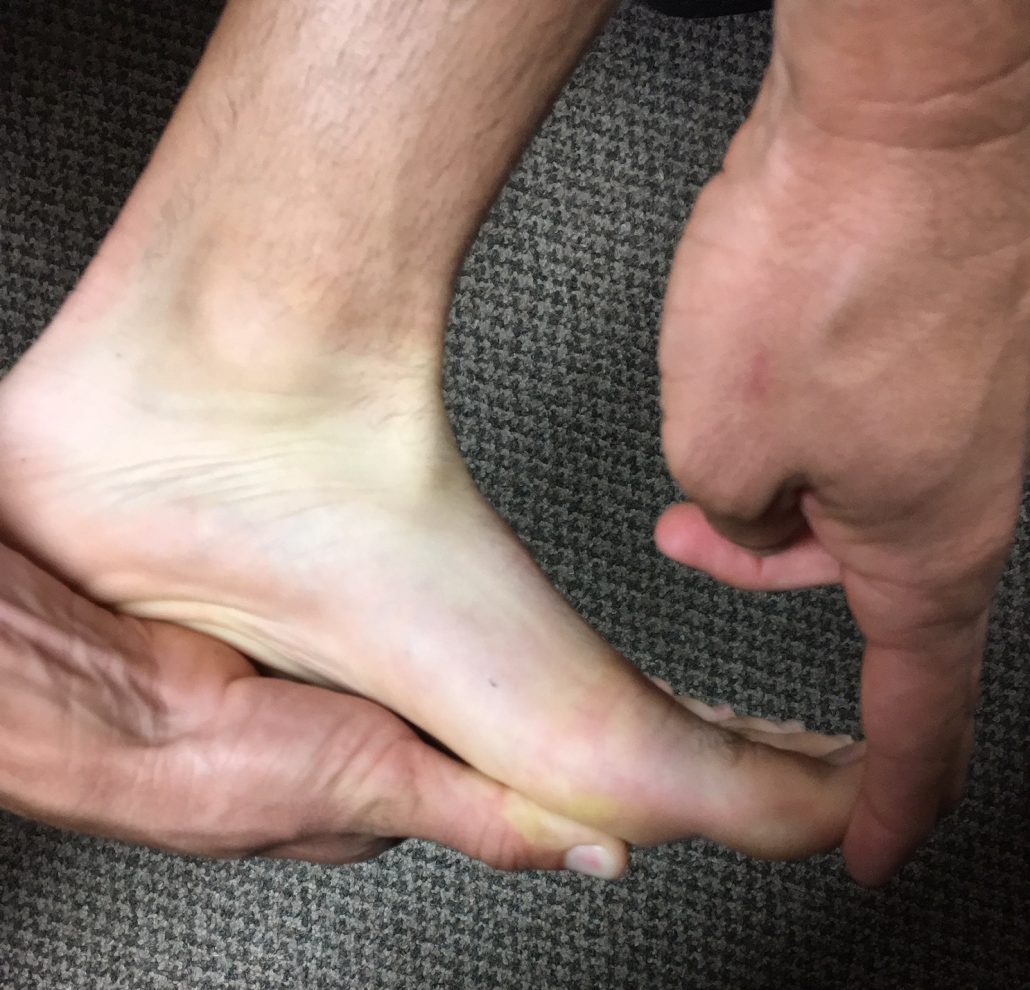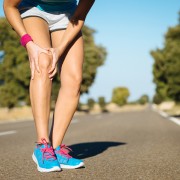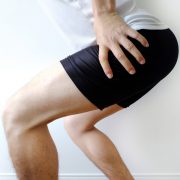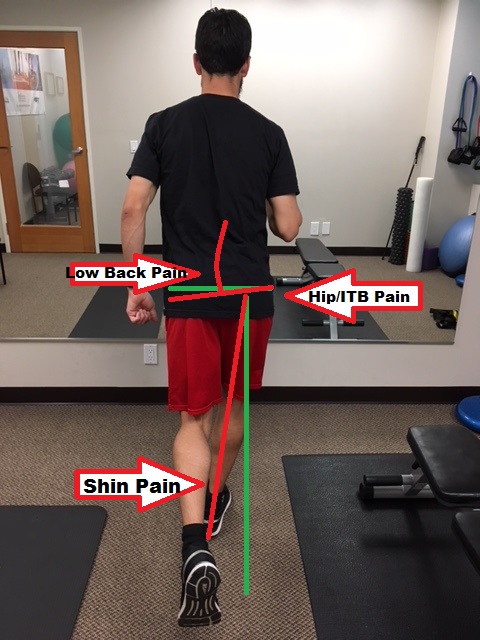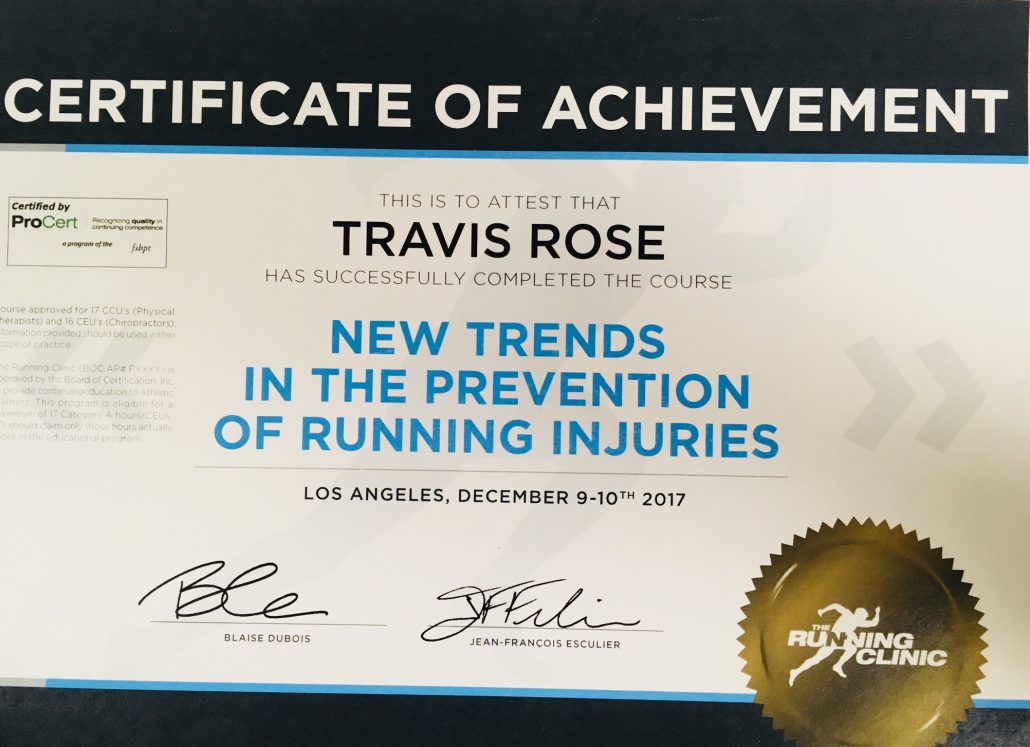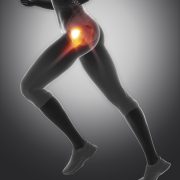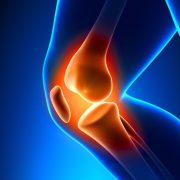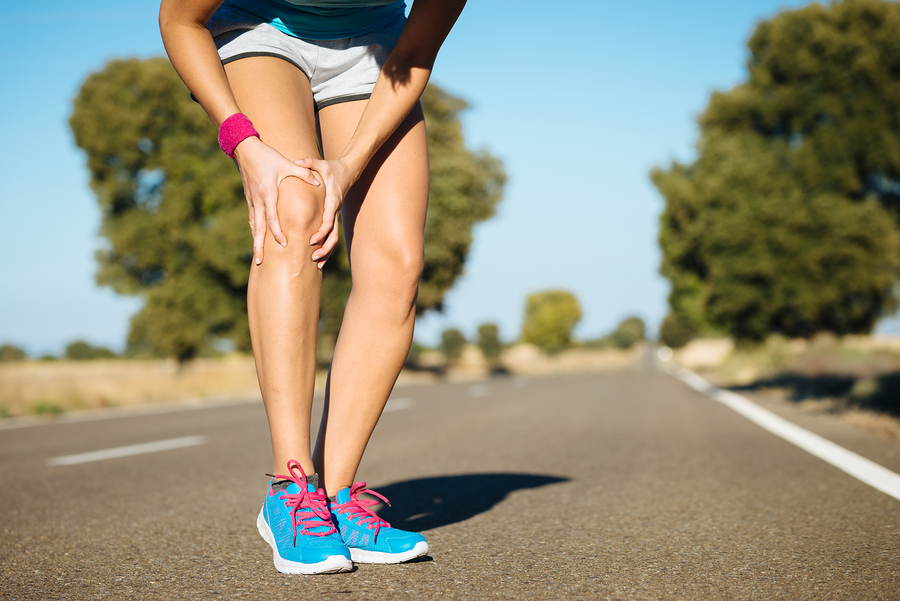Runner’s Knee Treatment |San Diego
Runner’s Knee Treatment | San Diego
Patellofemoral pain syndrome, aka runner’s knee, is characterized by achy, dull pain generally around the front of the knee. Runner’s knee is a common type of running injury that we see in our San Diego running injury clinic. With a combination of manual therapy, exercise, and run program modification, the runner returns to running pain free. Let’s take a look at common symptoms/causes of runner’s knee and the treatments that will get you back to running pain free.
Symptoms
Most runners will feel dull, achy pain diffusely around the front of the knee. The pain may favor the outer front or the inner front of the knee. It is usually worse with longer or down hill runs. Sitting for long periods usually increases tightness and soreness around the knee. Stretching often makes the knee feel better.
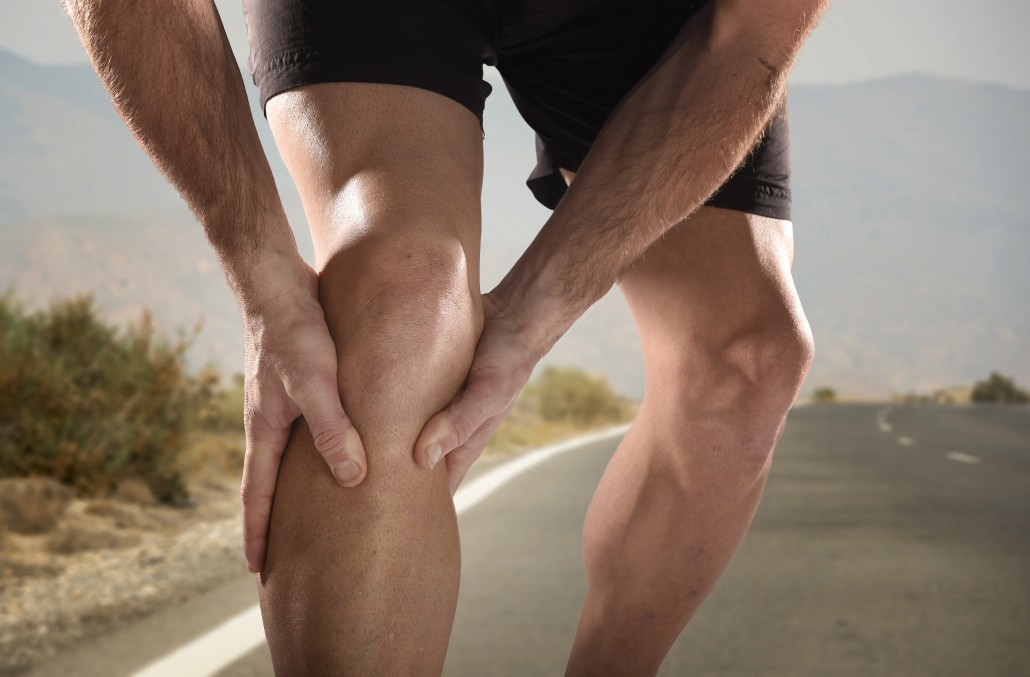
Common Causes of Runner’s Knee
Here are the most common causes for developing runner’s knee.
- Running Form– Many runners, beginner through experienced, have running form flaws that create excessive tension at the knees. Common culprits are running with a low cadence, over striding, running with a crossover gait, and poor posture. Read our blogs for more information: Increase Your Cadence!, Do You Run With a Cross-Over Gait?, Improve Running Posture.
- Performing “Too much, Too Soon”– This is what most commonly affects newer runners. They begin training for their first 5k, 10k, or half marathon and start running too many miles with too little recover. The tissues do not have enough time to heal between running sessions, and eventually injury results.
- Training Error– If a runner drastically changes their training, runner’s knee can develop. Adding significant amounts of hill training, particularly running down hill, is the most common training error that can cause or exacerbate runner’s knee.
- Muscular Imbalance– Runners who are excessively tight in the quadriceps muscles are prone to developing discomfort in their knees. Keeping up with a stretching regimen will help ease the symptoms.
- Older Age– Older runners tend to have some decrease in joint space due to wearing down of the tissues over the years. When the joint between the knee cap and knee wears down, there is more compression at the cartilage which can cause swelling and irritation of the local tissues. Every hear cracking, popping , or tearing when walking up and down stairs or with squats? Those are signs of cartilage wear called crepitus.
Runner’s Knee Treatment San Diego
Treatment for Runner’s knee involves 4 main approaches. The first is to address the injured tissue using Active Release Technique and Graston Technique. Active Release Technique for runner’s knee is effective at breaking down tight scar tissue around the knee. The second, using a running gait analysis to identify and correct common running form errors. Check out our full gait analysis for our patient with runner’s knee here: Runner’s Knee Case Study. The third is to modify the run training plan. Proper periodization is critical when coming back from injury. The goal is to modify certain factors (ex: terrain) that are known to irritate the knee. The fourth is to add strength training to the supporting muscle groups. This will provide more support, resist strain, and ultimately decrease chance of developing a running injury.
If you are experiencing pain in the front of the knee, you may be dealing with runner’s knee. It is important that you get the knee evaluated to get a proper diagnosis. This will help develop a correct treatment plan. Each person may benefit from slightly different approaches. The exercises and training modifications given to each patient are unique to the individual.
Our office is located in Mission Valley, San Diego near Normal Heights, La Mesa, Hill Crest, Point loma, Bay Park, Clairemont, Pacific Beach, and Bird Rock. Schedule online with one of our sports chiropractors today. We will help you get back to running pain free!

